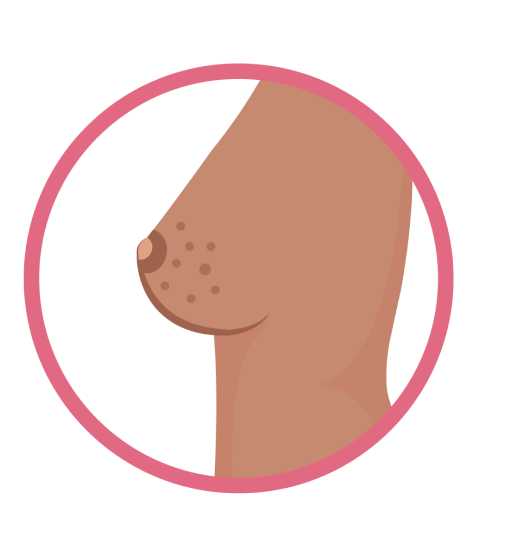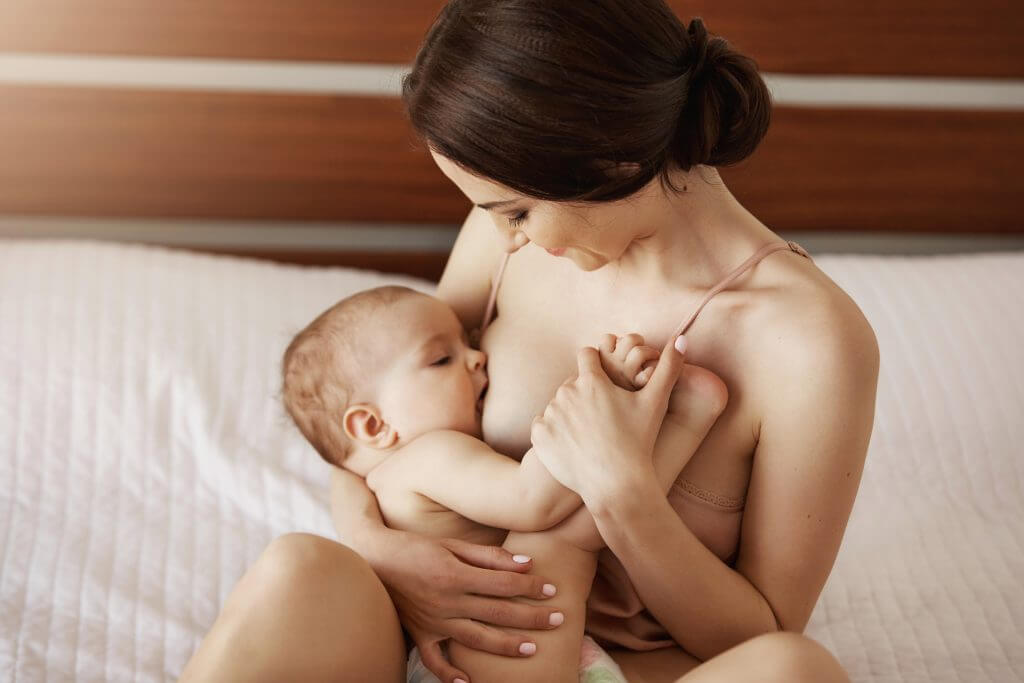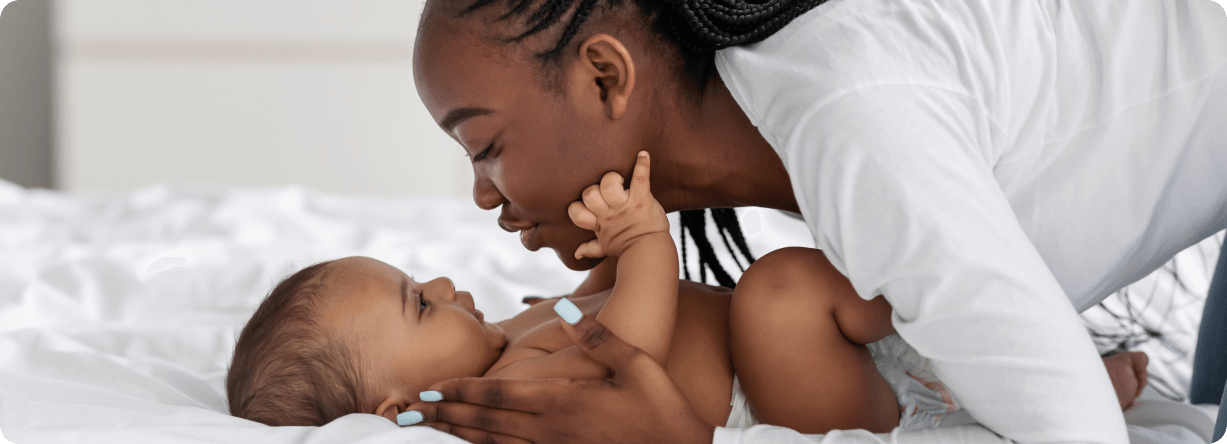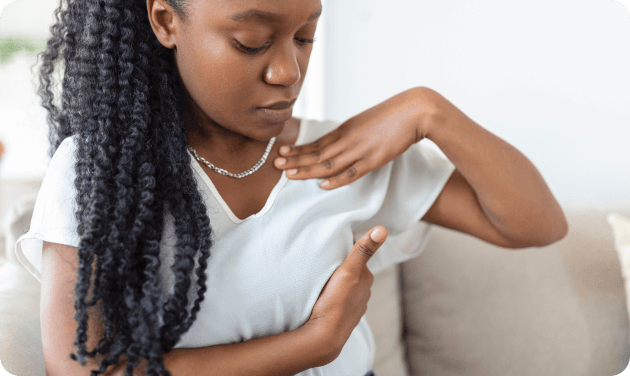You have to take appropriate measures according to the symptoms.
The most common nipple problem that breastfeeding mothers face and that too during the early postpartum period is sore nipples.
It has been found that this problem occurs because new mothers are not used to holding the baby appropriately to let the baby suck on the nipple. It can turn out to be a problem for continued breastfeeding. This section will highlight ways to prevent sore nipples and strategies that can be used to cope with them.

How can you prevent and cope with your symptoms?
Symptoms
Nipple irritation
- A cause for nipple sensitivity can be the fact that nipples aren’t used to external stimuli.
- Nipple soreness to the extent of visible damage.
- Internal bleeding can be a cause of pain, cracking, or blisters.
Reddened Skin
- Thin surface skin of nipples
- Peeling off surface skin and visible inflammation of sub-epidermal layer.
Internal or external bleeding
The negative pressure because of the baby’s sucking causes anoxia in the papillary tissues because of edema or pooled blood in the nipple. This leads to capillary permeability causing burst capillaries and starting internal bleeding.
Crack
This gets created on the neck, sides, or the tip of the nipples. It hurts when the baby presses or sucks it and it somewhat resembles chapped skin.
Blisters
Blisters are usually caused because of shallow sucking or deficiency of breast milk discharge.
Leucoderma
These are blobs on the tip of the mother’s breast and are about 1mm in diameter. These sometimes cause intense pain while breastfeeding the baby.
Bite wound
- A bite wound occurs when the baby bites the nipple during nursing.
- These are found in the neck of the nipples.
Causes
Ephemeral sourness in the nipples during the early postpartum period
What sort of nipple soreness?
- During the early postpartum period, temporary pain occurs in the mother’s nipples even if the baby sucks in an appropriate way.
- The pain only lasts for about 20-30 seconds.
- The pain is at its peak around 3 to 6 days postpartum.
- The pain usually goes away as the mother’s breast milk secretion continues.
Why?
- Nipple sensitively is at its peak during the early days of postpartum.
- The mechanism of breast milk secretion doesn’t function perfectly right from the start.
Inappropriate sucking motion by the nursing baby causes nipple sourness.
Why?
- The nipple is getting pressed by the baby during sucking.
- The baby’s lips are pursed while sucking.
- The baby’s tongue is pulled behind his gum while sucking.
When the mother’s breast is removed forcefully from the baby’s mouth, it causes nipple soreness.
- Remove the breast only when the baby is satisfied.
Thrush infection-causing nipple soreness.
What type of nipple sourness?
- Slinging feeling in the breast along with burning, stabbing pain irrespective of breastfeeding.
- Breasts and nipples swell and the skin starts to peel off while the color gets shiny pink or red.
- Irrespective of the fact that you are breastfeeding appropriately, the pain doesn’t go away.
Why?
Candida can occur at any point in time. The reason for this can be that the baby has oral candida infection, diaper rash, or even if the mother has colpitis.
Other infections causing nipple soreness?
Why?
These infections causing nipple soreness are Staphylococcus and hemolytic Streptococcus.
Nipple soreness caused because of creams and ointments.
Why?
A worse amount of pain can be caused due to wrong creams and ointments being used.
The nipple is bitten by the baby.
Why?
Baby rarely bites while being appropriately latched but he can bite when he is not sucking.
Coping Strategies
- Breast milk application: Expressed breast milk can be applied after breastfeeding to hydrate nipple tissues.
- Medical treatment application: Promoting the wound’s recovery by keeping the affected area hydrated.
- Use of nipple shield: Make sure to only use the appropriate drugs during breastfeeding.



